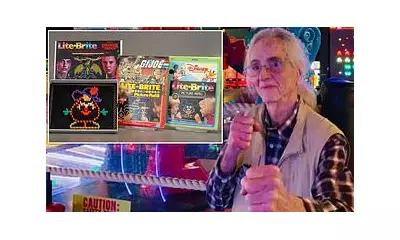
A alarming new TikTok trend has safety experts deeply concerned as users attempt to create homemade pulse jet engines using ordinary glass jars, creating potentially deadly fire hazards in pursuit of viral content.
The Science Behind the Danger
The trend involves filling glass containers with highly flammable substances like hairspray or aerosol deodorants, then igniting them to create continuous combustion cycles that mimic jet engine operation. These makeshift devices can produce intense flames and extreme temperatures while the glass containers remain perilously intact until potentially shattering.
Exponential Reach and Expert Concern
Videos tagged with #pulsejet have accumulated over 75 million views on TikTok, with individual tutorials amassing hundreds of thousands of engagements. Fire safety professionals warn that participants are underestimating the significant risks involved in these dangerous experiments.
"The consequences could be catastrophic," one fire safety officer explained. "We're dealing with uncontrolled fire, potential explosions from pressurized containers, and serious burn risks. This isn't just a minor fire hazard - it's potentially life-threatening."
A Pattern of Dangerous Viral Content
This latest trend follows other concerning TikTok challenges that have prompted official safety warnings, including:
- The 'blackout challenge' that led to multiple fatalities
- DIY electrical modifications with severe shock risks
- Dangerous cooking experiments involving flammable materials
Safety advocates are urging social media platforms to more aggressively monitor and remove content that demonstrates clearly hazardous activities, particularly when such content targets younger audiences who may not fully comprehend the risks involved.
Protecting Against Copycat Behaviour
Experts recommend that parents and educators discuss the very real dangers of such online trends with young people, emphasizing that viral popularity doesn't equate to safety or approval. They also suggest monitoring social media consumption and reporting dangerous content when encountered.
As one safety professional noted: "When we see trends like this gaining traction, it's crucial to intervene before tragedy strikes. The appeal of going viral should never outweigh basic safety considerations."





